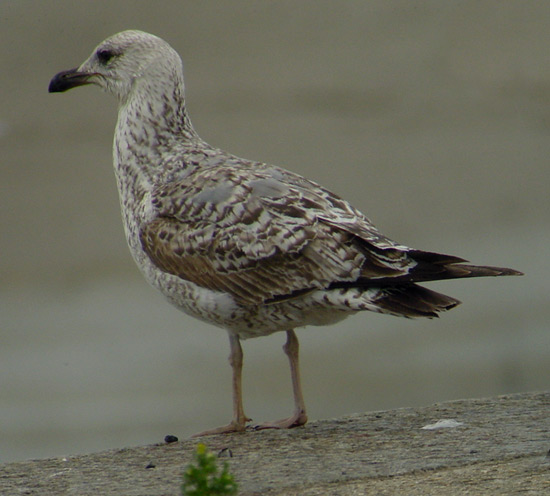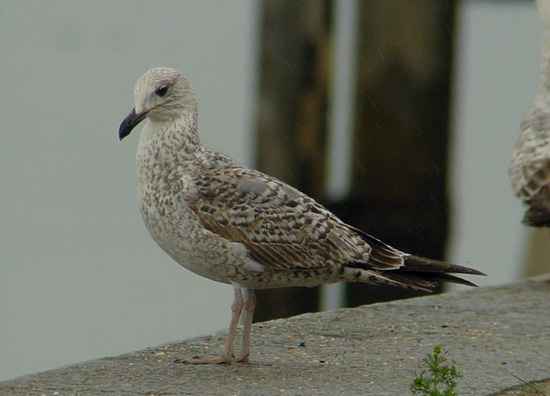 Yellow-legged
Gull- Geelpootmeeuw (L. michahellis): 2cy April
Yellow-legged
Gull- Geelpootmeeuw (L. michahellis): 2cy April
(last update: 08 december 2003)
YLG
1cy May
YLG
1cy June
YLG
1cy July
YLG 1cy August
YLG 1cy September
YLG 1cy October
YLG 1cy November
YLG 1cy December
YLG
2cy January
YLG 2cy February
YLG 2cy March
YLG 2cy April
YLG 2cy May
YLG 2cy June
YLG 2cy July
YLG 2cy August
YLG 2cy September
YLG 2cy October
YLG 2cy November
YLG 2cy December
YLG
3cy January
YLG 3cy February
YLG 3cy March
YLG 3cy April
YLG 3cy May
YLG 3cy June
YLG 3cy July
YLG 3cy August
YLG 3cy September
YLG 3cy October
YLG 3cy November
YLG 3cy December
YLG
sub-ad Jan.
YLG sub-ad Feb.
YLG sub-ad March
YLG sub-ad April
YLG sub-ad May
YLG sub-ad June
YLG sub-ad July
YLG sub-ad Aug.
YLG sub-ad Sept.
YLG sub-ad Oct.
YLG sub-ad Nov.
YLG sub-ad Dec.
YLG
adult January
YLG adult February
YLG adult March
YLG adult April
YLG adult May
YLG adult June
YLG adult July
YLG adult August
YLG adult September
YLG adult October
YLG adult November
YLG adult December
(2 images) Yellow-legged Gull michahellis 2cy, April 30 2003, Etaples, NW France (50.42N,1.34E).
A 2cy michahellis from
late-April. This bird nicely demonstrates the extend of the partial
post-juvenile moult (first pre-basic moult). Last autumn, most inner
wing-coverts were included in this post-juvenile moult and they appear as
old second generation feathers by late-April.
The three upper tertials are old second generation, while the lower three
tertials are still juvenile.
The inner four greater coverts are old second generation, while the
central and outer greater coverts are still juvenile.
About nine inner median coverts are old second generation, while the outer
median coverts are still juvenile. Median covert #5 is missing and #6 has
been replaced recently, still showing a broad white fringe.
The inner eleven lower lesser coverts are old second generation, while the
outer lower lesser coverts are still juvenile. In the inner-half of the
row, one feather is still juvenile and one feather is growing.
About eleven lesser coverts were included in the post-juvenile moult.
In the lower upper scapulars, fresh third generation
scapulars have been moulted, which show a grey base and an ill-defined
anchor shape. The most recently replaced feathers appear all grey with
only an accentuated dark shaft-streak. For
an explanation of feather tracts, check the Topography
Section.

